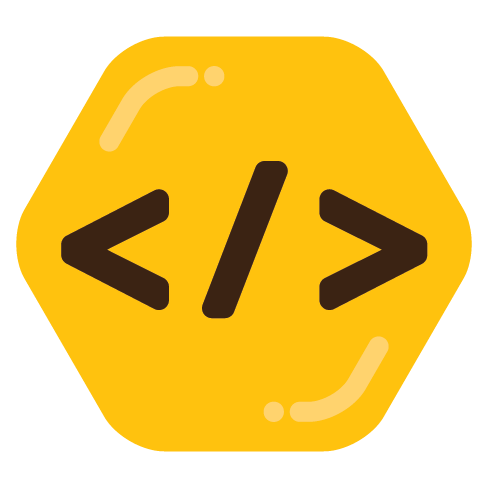Hi. I understand your rant. Yes, the quality of most frameworks in the wild is pretty low, especially if it is one of the more niche algorithm nobody takes care to audit, or the programming language lacks safety syntax, like C++, which allows writing mixed C and C++ code and only few people understand the necessity of idiomatic C++. And of course, inexperienced devs go the easiest way.
Don’t give up and take this as a challenge. It is a skill to understand what the other guy wrote. And this skill takes years to develop.




Unfortunately, Linux manuals are pretty scattered around. I’ll try to find something for you:
info.EDIT: Forgot this important material:
grep, typeman grepin your shell, andinfo grepif you need a complete manual).